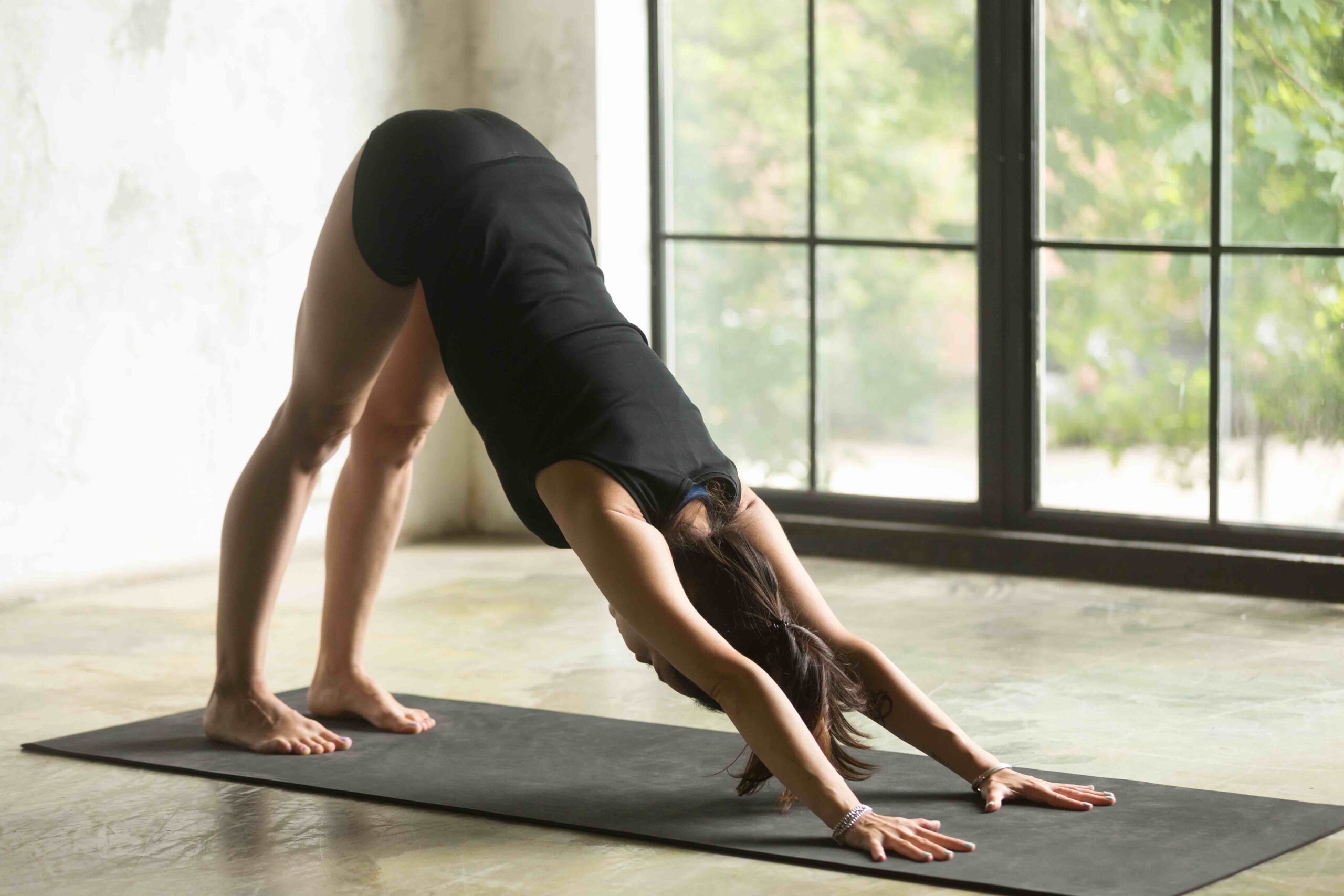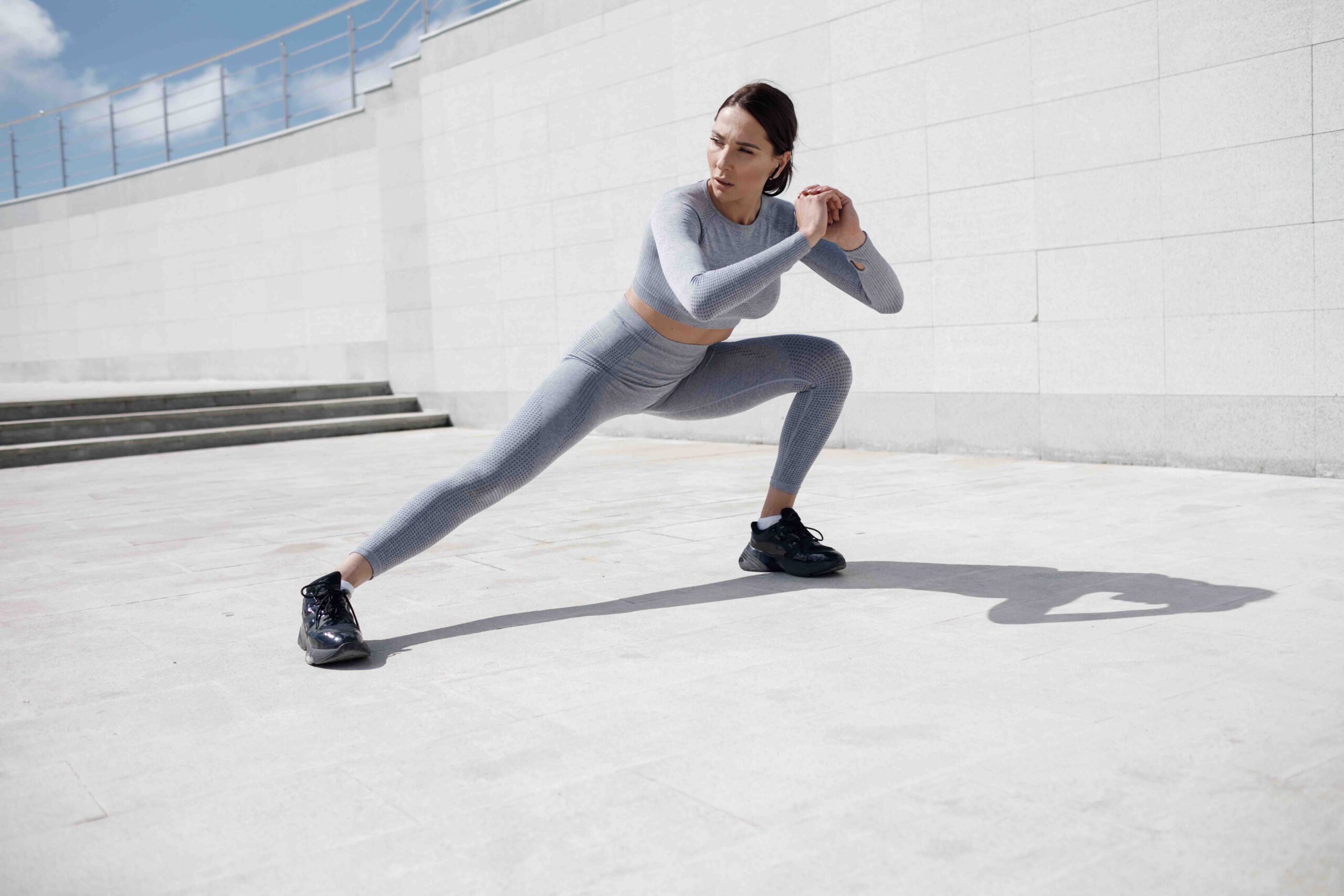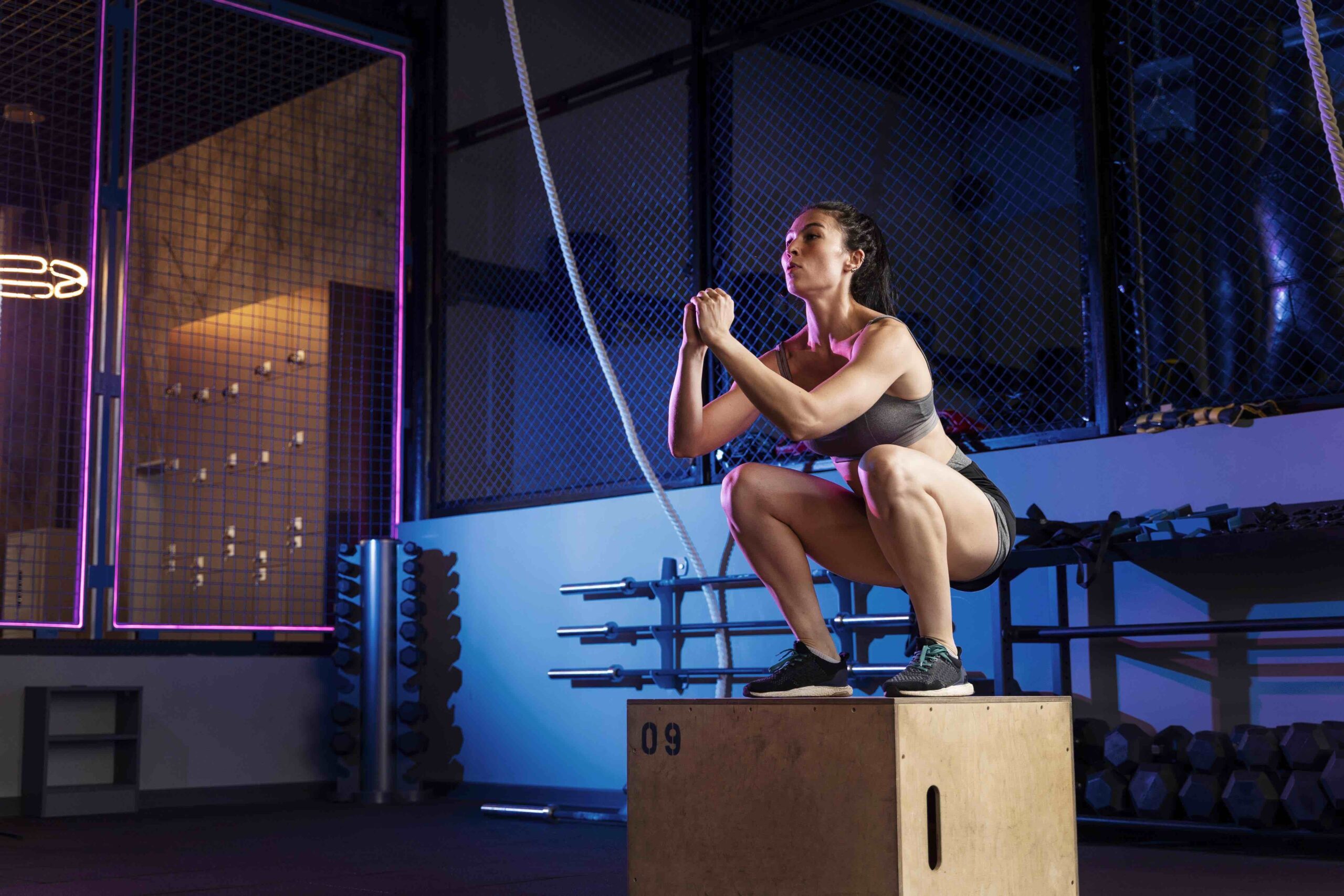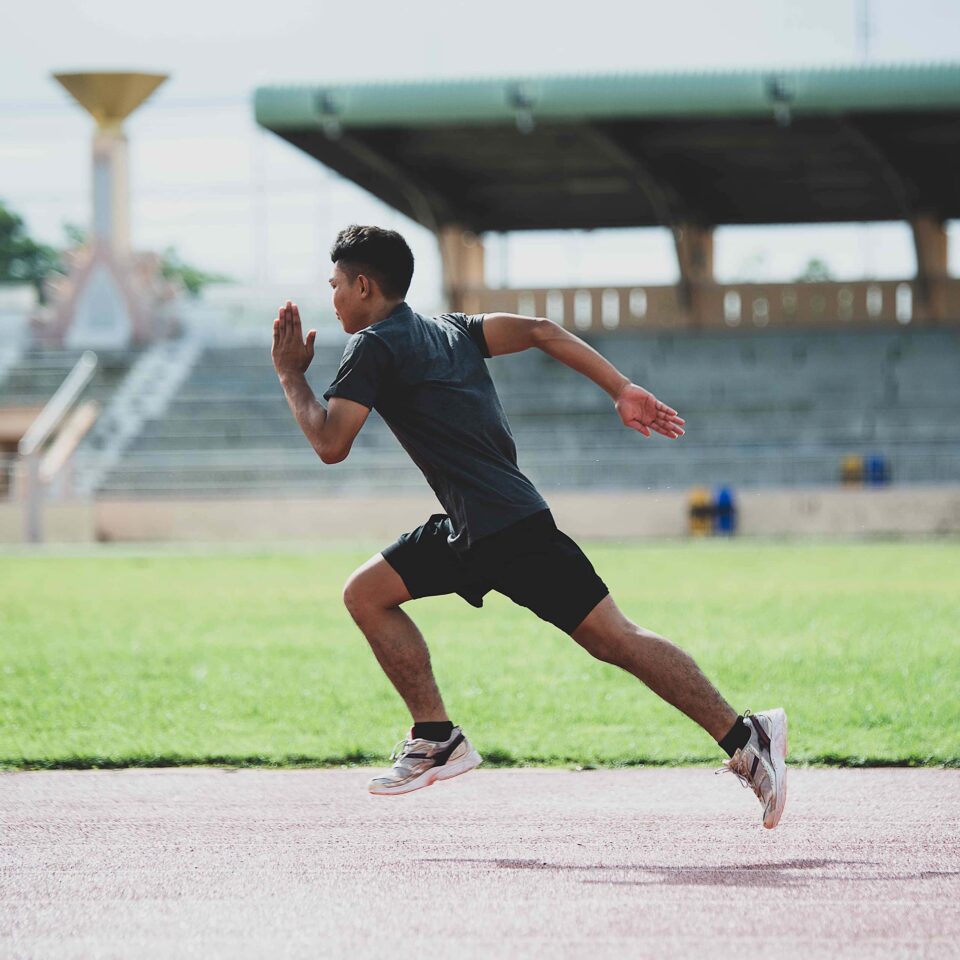An athlete’s training schedule easily fills up. But adding these three forms of cross-training can benefit any athlete in the long run.
Most workout or athletic training routines involve sport-specific exercises — like football or basketball drills — and strength training, usually involving weights or other forms of resistance. And while these are two pillars of any strong athlete, there are other beneficial forms of training that sometimes need a little more of the spotlight to help one’s body become strong on all fronts.
So whether you’re a casual athlete or a professional athlete, these are three forms of training that will surely benefit you and help you improve your game.
Flexibility Training

While not always a priority, every athlete can benefit from flexibility training. Flexibility refers to the ability of one’s muscles, ligaments, and tendons to move through a particular range of motion without pain or restriction. If someone goes through prolonged workout routines without proper training in this area, their muscles are likely to tighten up, which will lessen their range of motion. And whether you’re a basketball player or a football player or a swimmer, low range of motion is not something any athlete wants.
The benefits of flexibility for athletes are pretty self-explanatory. By developing this physical attribute with regular training, athletes can improve their range of motion, increase coordination, improve blood circulation, and decrease the likelihood of injury.
The benefits are extensive, and the best part is it’s not difficult to add this to your routine. Adding around 20-plus minutes of daily stretches targeted to the different parts of your body after a workout can already work wonders for your overall body balance. To simplify things, our tip is to focus your flexibility training on the muscles that you use the most as an athlete and watch how your performance or comfort while playing improves.
Mobility Training

While often lumped as one, flexibility and mobility are actually not the same thing. Flexibility training involves more static stretches (holding the stretches passively) which help increase your range of motion in your muscles. On the other hand, mobility training is more dynamic and involves more active movement that helps develop the fluidity of your joints. To help you visualize this better, mobility training usually involves moving slowly and smoothly from one position or stretch to another without holding the position at length (you can check out this video to see what we mean).
The benefits of mobility training are underrated. By incorporating this into your routine, you’ll improve many facets that will help your game. For instance, developing mobility means you’ll improve your motor control, your joints will be able to reach deeper ranges of motion, and you’ll build a protective foundation that will prevent injuries.
Many recommend incorporating around 20 minutes of mobility training before a workout. This is because the gentle yet fluid motions serve as a good warmup to get your blood flowing, and it will also lubricate your joints to prepare them for any rigorous program you might have ahead of you.
Plyometric Training

While every athlete should incorporate strength training with weights into their routine, they should also be incorporating bodyweight exercises every now and then. This is where plyometric training comes in. Plyometrics refers to exercises that help muscles develop force or power. This type of physical training can come in many shapes or forms, such as throwing, running, jumping, or kicking. One of the most popular exercises in this category would be the box jump.
All athletes could use more power in their muscles. This can help a footballer sprint faster, or a basketball player jump higher, or a swimmer kick harder off a turn. But apart from power, plyometrics training can help an athlete develop strength, balance, and agility.
This is also another easy form of training that can be easy to add to your routine. If you already have a day or two set aside for strength training using weights, you can easily incorporate some plyometric exercises into your checklist, such as box jumps, squat or lunge jumps, or, everyone’s favorite: the burpee.
Banner image from Freepik.
Related Stories:
Challenge Yourself At These 5 Obstacle Course Gyms in Metro Manila
5 Tips to Help You Start a New Sport (And Actually Stick to It)
